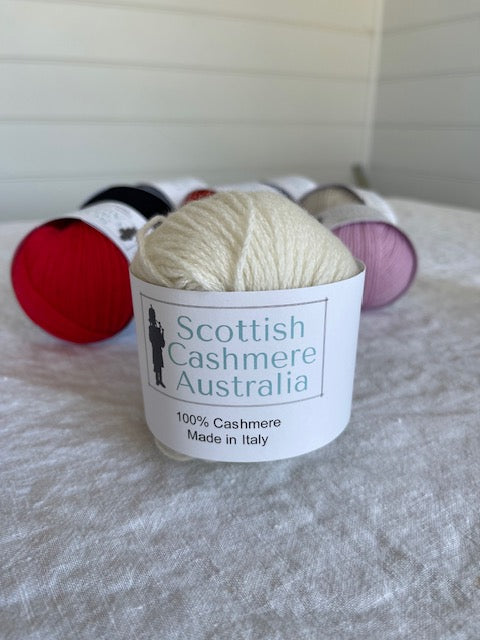Understanding the Unique Qualities of cashmere fibre for Superior Comfort
Understanding the Unique Qualities of cashmere fibre for Superior Comfort
Blog Article
Recognizing the Different Kinds of Cashmere an All-natural Fiber and Their Distinct Benefits

The Beginnings of Cashmere: A Historic Introduction
While the glamorous touch of cashmere remains to beauty modern-day customers, its beginnings map back to the severe, cold environments of Mongolia and the Mountain ranges. For centuries, the native individuals of these regions have actually been increasing Capra Hircus goats, the prime resource of cashmere woollen. These goats, durable versus the severe winter seasons, expanded a great undercoat to survive, which later ended up being called cashmere. The name itself pays homage to Kashmir, an area in India where the woollen was initially refined. Much of the very early cashmere profession path was promoted by the Silk Road, connecting Asia with the Middle East and Europe. Regardless of its international spread, the finest cashmere is still believed to stem from the initial areas of Mongolia and the Himalayas.

The Production Refine: From Goat to Garment
Shearing a Capra Hircus goat marks the beginning of the elaborate cashmere manufacturing process. The resultant raw cashmere is then cleaned to get rid of contaminations such as veggie, dust, and oil matter.
The clean fiber is subjected to coloring, rotating, and weaving, or knitting, to transform it into a textile. Complicated procedures like quality assurance checks and completing procedures adhere to, guaranteeing completion item maintains the glamorous standard anticipated of cashmere. This painstaking process, from goat to garment, warrants the high cost attached to cashmere products, making them an icon of luxury and improvement.
The Various Kinds Of Cashmere: An Extensive Evaluation

The One-of-a-kind Benefits of Cashmere: Comfort and Sustainability
Moving from the range of cashmere types to the advantages they use, comfort and sustainability stand out plainly. Cashmere, a natural fiber, is renowned for its unmatched gentleness, offering a level of convenience that artificial fibers can not match.
When it involves sustainability, cashmere is biodegradable and renewable, as it's collected from cashmere goats who regrow their layers every year. what is cashmere. Unlike synthetic fibers which can take hundreds of years to decompose, cashmere's influence on the environment is marginal. This mix of convenience and sustainability makes cashmere an advantageous choice for conscious consumers

Taking Care Of Your Cashmere: Upkeep and Conservation Tips
While cashmere is undoubtedly a lasting and luxurious choice, it requires specific treatment to maintain its quality and expand its lifespan. To begin, cashmere need to be hand cleaned making use of cool water and a mild cleaning agent. Cashmere products should be kept in a great and completely dry area, away from direct sunlight and dampness.
Buying Cashmere: Understanding Its Worth and Well Worth
Although cashmere may at first look like an expensive investment, its long-term value and worth come to be evident when you consider its impressive qualities. Understood for its unparalleled softness and warmth, cashmere is a premium natural fiber that outshines various other products. Its high need and minimal supply add to its high rate, but its resilience guarantees it lasts for many years, offering superb value for cash. Cashmere pieces are timeless, usually ending up being heirlooms gave via generations. what is cashmere. Its natural insulating properties offer warmth without the bulk of synthetic fibers. Buying cashmere, consequently, is not nearly present style trends, but about accepting a sustainable, long-lasting, and extravagant way of life.
Verdict
In recap, the kind of cashmere one picks, be it Mongolian, Chinese, or Italian, is determined by individual preferences for heat, sustainability, budget plan, and high-end. Comprehending the beginnings, production procedure, and special benefits of different types of cashmere can direct consumers in their investment in this glamorous natural fiber.
Whether it's the remarkable heat of Mongolian cashmere, the affordability of Chinese cashmere, or the eco-conscious manufacturing of Italian cashmere, there's a story to be uncovered behind each fiber type. Cashmere, an all-natural fiber, is renowned for its unequaled soft qualities, giving a degree of convenience that artificial fibers can not match.When it comes to sustainability, cashmere is eco-friendly and eco-friendly, as it's cashmere fibre gathered from cashmere goats that regrow their coats each year. Understood for its unmatched gentleness and warmth, cashmere is a costs natural fiber that surpasses other products. Recognizing the beginnings, manufacturing procedure, and distinct advantages of different kinds of cashmere can guide customers in their investment in this extravagant natural fiber.
Report this page